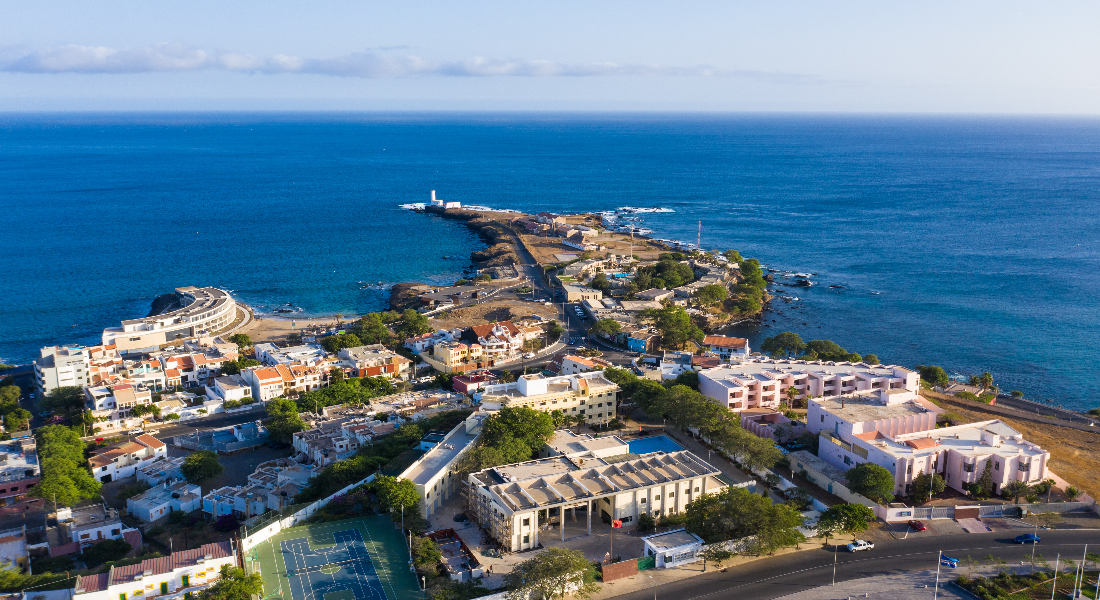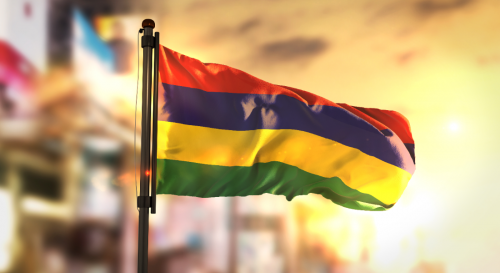
How to proceed when a trademark is about to be granted in Cape Verde
The receipt of an official notification requesting the payment of registration and certificate fees is one of the most eagerly awaited moments in the trademark registration process in Cape Verde. It means that an application has passed the Cape Verde Patent and Trademark Office’s (PTO) substantial examination phase and has fulfilled all the requirements for grant. As such, the applicant is just a step away from receiving a registration certificate. However, this is also a critical time for rights holders to rethink their strategy.
Once an application has passed examination, the PTO will issue a payment notification, which identifies the trademark application by its number and states the classes of goods and/or services for which protection has been sought in commerce. After receiving this notification, the applicant has seven working days in which to proceed with the fee payment. Article 242 of the Cape Verde IP Law stipulates that an application will automatically be refused if these fees are not paid within the given deadline.
In Cape Verde, the payment of fees is segmented; there are fees for filing an application and then there are fees for the granting of a registration and issuing of a registration certificate. The latter are generally requested 12 months after filing the application (the average time frame from application to grant) and – since they are charged per class – can be expensive.
Trademark applicants should therefore be aware of the following processes:
- There is a narrow window of time to proceed with the fee payment.
- If the applicant, after analysing its budget and business strategy, decides that it does not need protection in all the previously requested classes, this is the time to take action.
- There is an option to drop classes for which the applicant does not need protection by filing an official request at the PTO.
- Any classes withdrawn will be recorded by the PTO and the applicant will receive an updated notification covering the classes that it wishes to maintain.
This is a critical time for an applicant to rethink its strategy, as a trademark must not suffer any major changes after the applicant has paid the registration fees. Article 170 of the IP Law states that a trademark must remain unchanged after registration; any alteration to its elements is subject to a new registration. If an applicant pays the registration fees and considers dropping a number of classes at a later stage, it must file a new application and pay all fees anew, since dropping classes is a major change for a trademark and is not permitted by the IP Law.
However, although the PTO charges registration fees per class, maintenance fees (ie, for a declaration of intent to use and renewals) are charged per trademark, regardless of the number of classes in question. This benefits rights holders as it reduces the amount of fees to be paid throughout the trademark lifecycle.
Taking this into account, some rights holders choose to bear higher registration fees and then take advantage of the more rights holder-friendly maintenance fees, while others opt to drop classes before paying the registration fees in order to save costs immediately. Whichever option an applicant chooses, it should be aware of these particularities of the Cape Verde trademark system.
This is a co-published article, which was originally published in the World Trademark Review (WTR).
Currency Info
Final charges will be made in USD.
Currency conversion is for information purposes only and accuracy is not guaranteed. Overseas customers are encouraged to contact their bank or credit card provider for details on any additional fees these institutions may include for currency conversion.
Territory List
There are no results for your search.
- Africa
- Algeria
- Angola
- Benin
- Botswana
- Burkina Faso
- Burundi
- Cameroon
- Cape Verde
- Central African Republic
- Chad
- Comoros
- Congo (Republic)
- Côte d'Ivoire
- Democratic Republic of the Congo
- Djibouti
- Egypt
- Equatorial Guinea
- Eritrea
- Eswatini (Swaziland)
- Ethiopia
- Gabon
- Gambia
- Ghana
- Guinea
- Guinea-Bissau
- Kenya
- Lesotho
- Liberia
- Libya
- Madagascar
- Malawi
- Mali
- Mauritania
- Mauritius
- Mayotte
- Morocco
- Mozambique
- Namibia
- Niger
- Nigeria
- Réunion
- Rwanda
- Sao Tome and Principe
- Senegal
- Seychelles
- Sierra Leone
- Somalia
- South Africa
- South Sudan
- Sudan
- Tanzania (mainland)
- Togo
- Tunisia
- Uganda
- Western Sahara
- Zambia
- Zanzibar
- Zimbabwe
- Africa (OAPI)
- Africa (ARIPO)
- Other
- East Timor
- Macao
- Maldives
- Portugal
- European Patent (EPO)
- European Union Trademark (EUTM)
- International Trademark (Madrid System)
- Patent Cooperation Treaty (PCT)




